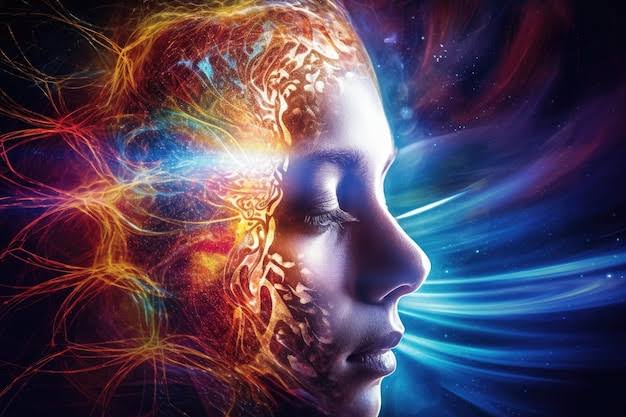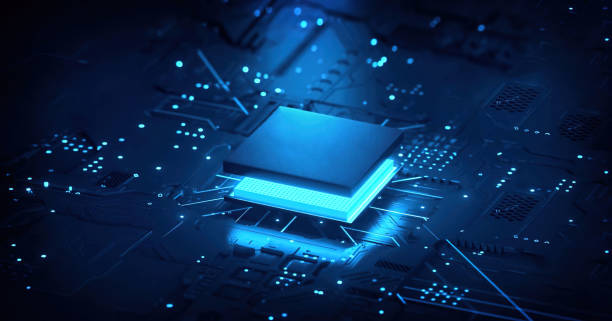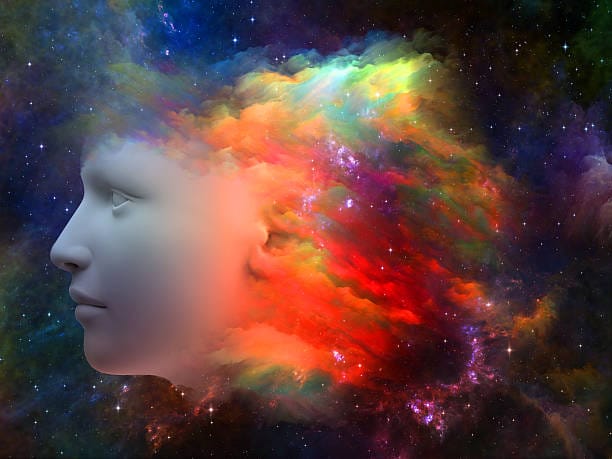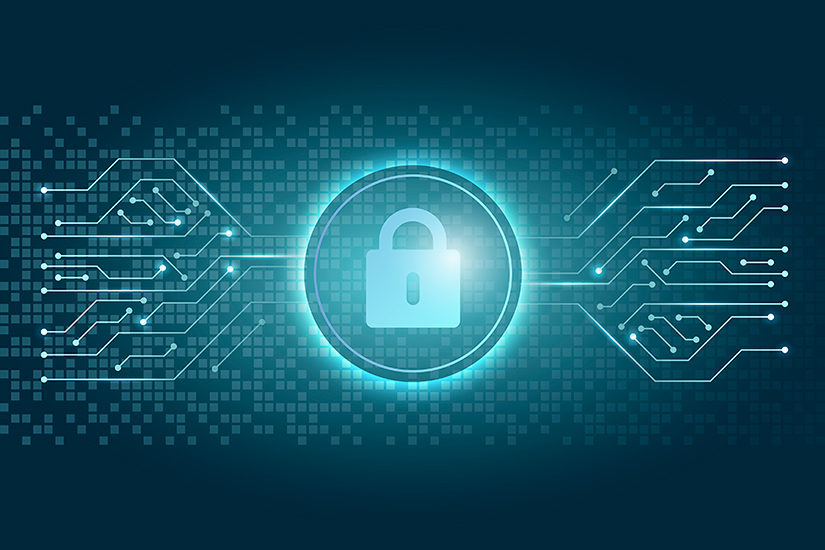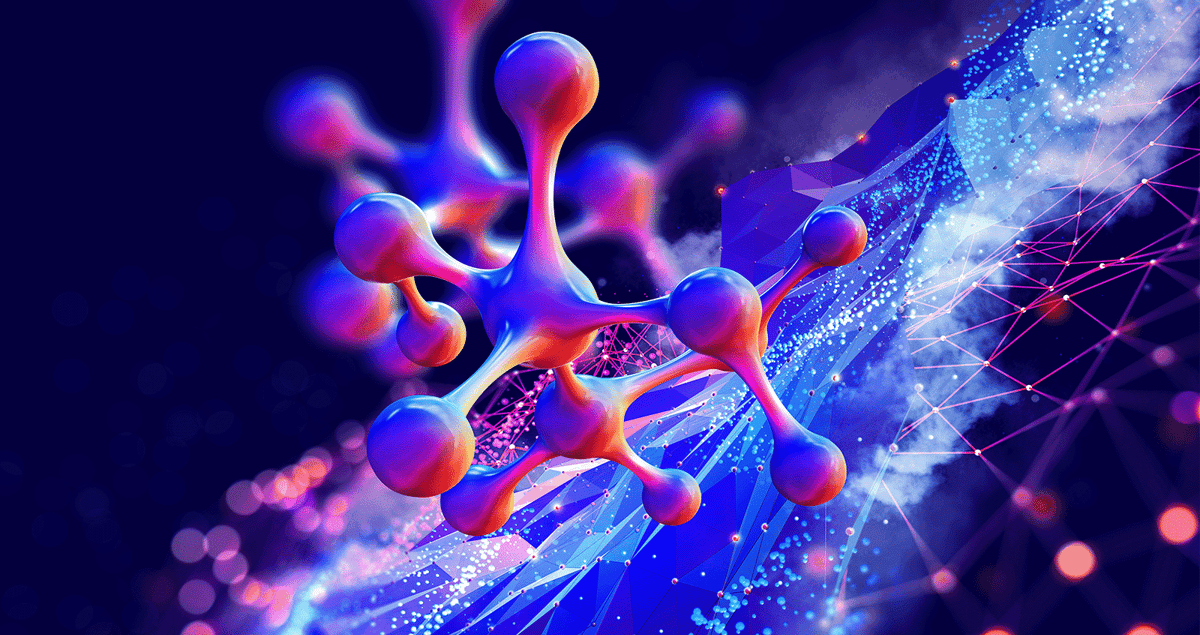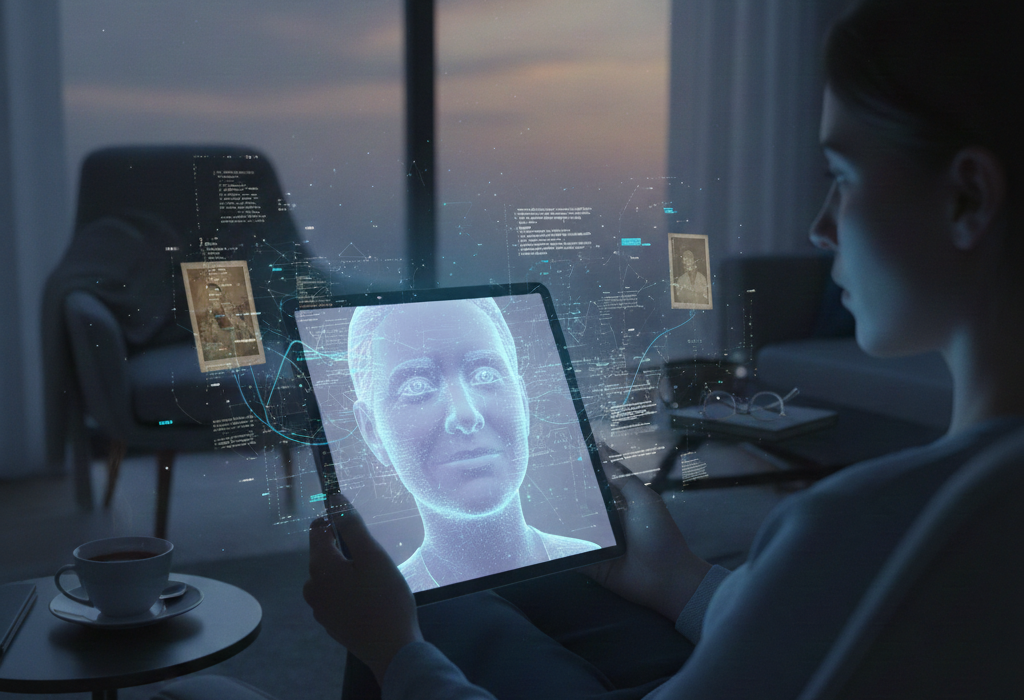Consciousness is the shimmering flame at the core of human existence, the hidden fabric that makes experience possible. It is what allows us to savor music, to ache with grief, to anticipate tomorrow, to recognize ourselves in the mirror. Without it, there would be no stories, no love, no fear, and no wonder. And yet, despite being so intimate and undeniable, consciousness remains one of the deepest mysteries in all of science.
For centuries, philosophers debated what it means to be conscious. Is it a divine spark, an immaterial soul, or simply the result of material processes in the brain? In modern times, neuroscience has entered the arena, bringing with it powerful tools to probe the mind. But while scientists can trace neural signals, measure electrical rhythms, and image blood flow, the question still lingers: how do we know what level of awareness a being truly possesses?
This question is not a mere abstraction. It determines how doctors treat patients in comas, how anesthesiologists decide when someone has “gone under,” how courts weigh responsibility in cases of impaired awareness, and even how we consider the moral status of animals or artificial intelligence. To measure consciousness is to stand at the frontier where science meets ethics, technology, and philosophy.
From Philosophy to Neuroscience
For much of human history, consciousness was discussed in terms of spirit and essence. Aristotle imagined a hierarchy of souls, from plants with vegetative souls to humans with rational ones. René Descartes, centuries later, declared “Cogito, ergo sum”—I think, therefore I am—placing conscious thought at the foundation of certainty. But such reflections were largely speculative. They illuminated the what of experience but did little to explain the how.
With the rise of neuroscience in the nineteenth and twentieth centuries, a shift occurred. The brain was no longer a black box but a living organ that could be dissected, stimulated, and studied. Researchers began mapping brain areas associated with perception, motor control, memory, and emotions. Yet the leap from neurons firing to subjective awareness remained elusive.
It was in clinical medicine that the need for practical measures of consciousness became urgent. Physicians faced patients who were not clearly awake or asleep, people trapped between life and death after trauma, stroke, or illness. To treat them, doctors had to ask: how much awareness remains inside a body that does not respond? This urgency pushed the science of measuring consciousness from philosophy into practice.
Defining Levels of Consciousness
Before measuring consciousness, scientists needed to define what they were measuring. Consciousness is not all-or-nothing. It comes in shades, ranging from full alertness to deep coma, from ordinary waking to altered states induced by drugs, meditation, or hypnosis.
At its most basic, consciousness has two dimensions: wakefulness and awareness. Wakefulness refers to how physiologically “aroused” a person is—the difference between deep sleep and wide-eyed alertness. Awareness, on the other hand, is the capacity to have subjective experiences, to know that one is perceiving and thinking. A person in deep sleep has low wakefulness and low awareness. A dreaming sleeper has low wakefulness but high awareness in the form of vivid internal experiences. A patient in a vegetative state may open their eyes and cycle through sleep and wake, showing signs of wakefulness without awareness.
These nuances revealed that consciousness was not a single light switch but a complex spectrum. Measuring its levels meant finding reliable signs of both wakefulness and awareness—externally observable and internally inferred.
Clinical Scales and the Bedside Challenge
The first systematic attempts to measure consciousness arose in clinical neurology. Doctors caring for patients after brain injuries needed ways to classify severity and track recovery. One of the most widely used tools became the Glasgow Coma Scale (GCS), developed in the 1970s. It assigned numerical scores based on eye-opening, verbal responses, and motor responses to stimuli. The higher the score, the more responsive—and presumably conscious—the patient.
While the Glasgow Coma Scale revolutionized clinical practice, it had limitations. A patient might score low not because they lacked awareness but because motor impairments prevented them from expressing it. Locked-in syndrome, in which a person is fully conscious but unable to move or speak, showed the danger of equating responsiveness with consciousness.
These dilemmas led scientists to develop additional behavioral scales, such as the Coma Recovery Scale-Revised, which tested for subtle signs like following a moving object with the eyes or responding to commands. But even these scales could miss hidden awareness, raising the haunting possibility that some patients labeled “vegetative” were actually conscious but unable to show it. The need for more objective, brain-based measures grew urgent.
The Brain’s Electrical Language
The brain speaks in electricity. Billions of neurons communicate through rapid bursts of electrical signals, and when many neurons fire together, they generate rhythmic patterns that can be recorded at the scalp with electroencephalography (EEG).
EEG became one of the most powerful tools for probing consciousness. Awake brains show fast, complex patterns of activity, while sleeping or anesthetized brains settle into slower, simpler rhythms. Neuroscientists discovered that the richness of EEG patterns could serve as a marker of awareness. For instance, during deep anesthesia, the brain’s electrical activity becomes synchronized, like an orchestra playing only one note. In contrast, the conscious brain resembles a symphony, with many instruments weaving intricate melodies.
More recently, researchers developed computational ways to analyze EEG complexity. One such method is the Perturbational Complexity Index (PCI), which involves applying a magnetic pulse to the brain and recording the EEG response. If the brain reacts with a simple, repetitive pattern, consciousness is likely absent. If it responds with a rich, diverse pattern, consciousness is present. This approach has revealed that some patients diagnosed as unconscious actually retain covert awareness, detectable only through such advanced measures.
The Theater of the Mind and Neural Correlates
While EEG reveals patterns of brain activity, scientists also sought to understand which brain regions are essential for consciousness. This led to the search for the neural correlates of consciousness (NCC)—the minimal neural mechanisms that give rise to subjective experience.
Imaging studies showed that no single “consciousness center” exists. Instead, consciousness emerges from networks. The cerebral cortex, particularly the frontal and parietal regions, plays a key role in integrating sensory information. The thalamus acts as a gateway, regulating the flow of information to the cortex. Damage to these structures often disrupts awareness, while their coordinated activity seems necessary for its presence.
Theories proliferated to explain these findings. Global Workspace Theory proposed that consciousness arises when information becomes globally available across brain networks, like actors stepping into the spotlight of a theater. Integrated Information Theory (IIT) argued that consciousness corresponds to the degree of integrated information a system can generate, a quantity labeled phi (Φ). A system with high Φ has many interconnected states and thus rich experience. While these theories differ, both emphasize that consciousness is not localized but distributed and dynamic.
Dreams, Drugs, and Altered States
Measuring consciousness also means exploring its altered states. Sleep provided an early laboratory. In rapid eye movement (REM) sleep, EEG patterns resemble wakefulness, and vivid dreams occur. This revealed that high awareness could exist even in the absence of external responsiveness.
Psychedelic drugs offered another window. Substances like LSD and psilocybin alter perception, sense of self, and the boundaries of reality. Brain imaging during psychedelic states shows increased global connectivity, with regions that normally remain separate communicating intensely. Some researchers argue that psychedelics temporarily expand the “level” of consciousness by loosening constraints on brain activity, allowing more diverse experiences.
Anesthesia, in contrast, provides a controlled descent into unconsciousness. Anesthesiologists monitor EEG and physiological signs to judge when awareness is lost. Understanding how different drugs suppress consciousness sheds light on the neural mechanisms that sustain it.
The Moral Frontier: Patients, Animals, and Machines
The ability to measure consciousness carries profound ethical implications. For patients with disorders of consciousness, such as those in vegetative or minimally conscious states, detecting hidden awareness can change medical decisions and offer families hope. Brain-based measures have shown that some patients can even answer yes-or-no questions by imagining different tasks, effectively communicating through thought alone.
Beyond humans, questions arise about animal consciousness. Studies of neural activity in primates, birds, and even octopuses suggest varying degrees of awareness. If consciousness exists on a spectrum across species, how should that alter our treatment of animals?
And then there is the question of machines. Artificial intelligence can now process language, recognize images, and simulate conversation. But do such systems have awareness, or are they sophisticated illusions without inner life? Theories like IIT suggest that if a machine were built with sufficient integration of information, it might indeed possess some form of consciousness. Whether or not this is true, the question itself forces us to consider what criteria we use to measure awareness and whether we are ready to recognize it in non-human entities.
The Horizon of Measurement
Despite progress, measuring consciousness remains incomplete. We can identify patterns, scales, and probabilities, but the subjective essence—the “what it feels like” to be conscious—remains beyond instruments. No EEG or MRI can fully reveal the private theater of experience. This gap, known as the “hard problem of consciousness,” continues to haunt philosophy and science alike.
Yet the journey is not futile. Each tool, from clinical scales to advanced neuroimaging, brings us closer to bridging the gap between external observation and internal experience. In hospitals, these tools guide care. In research, they deepen our understanding of the mind. In society, they shape how we view ourselves, our fellow beings, and perhaps one day, our machines.
The Human Core
To speak of levels of consciousness is ultimately to speak of what it means to be human. We measure it not merely to classify or control, but to honor the fragile miracle of awareness itself. For the patient emerging from coma, a flicker of consciousness is the return of a self. For the anesthetized, its loss is a safe passage into oblivion and back. For the dreamer, it is a nightly voyage through hidden worlds. For the scientist, it is the most precious phenomenon the universe has ever produced.
Consciousness is not a ladder to climb but a vast ocean with shifting tides, from shallow waves of waking to deep currents of mystery. To measure it is to chart the waters, knowing that some depths may always remain hidden.
And yet, the attempt matters. For in striving to understand awareness, we not only advance science—we affirm the value of experience itself. The levels of consciousness are not just categories on a chart; they are the stages of life, the rhythms of being, the fragile, luminous gift of knowing that we exist.
